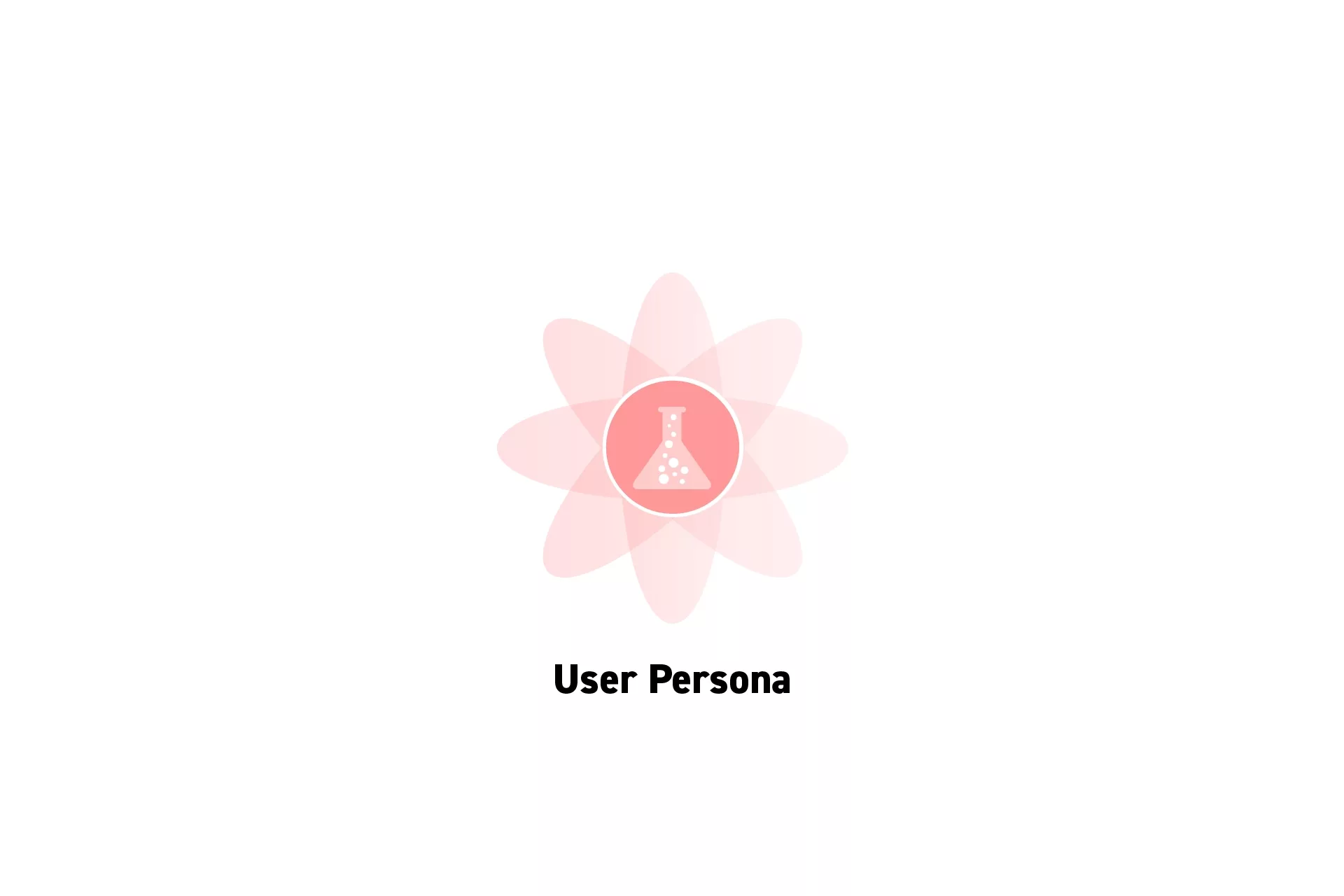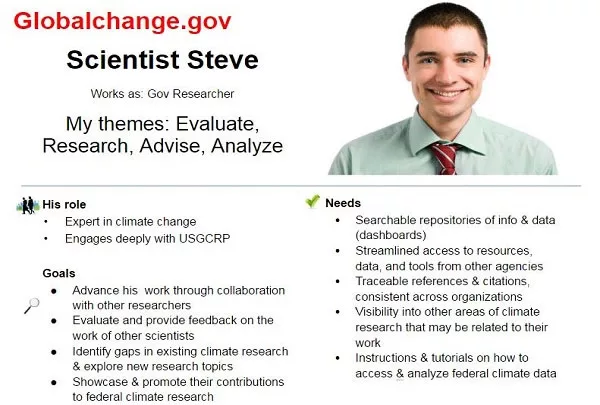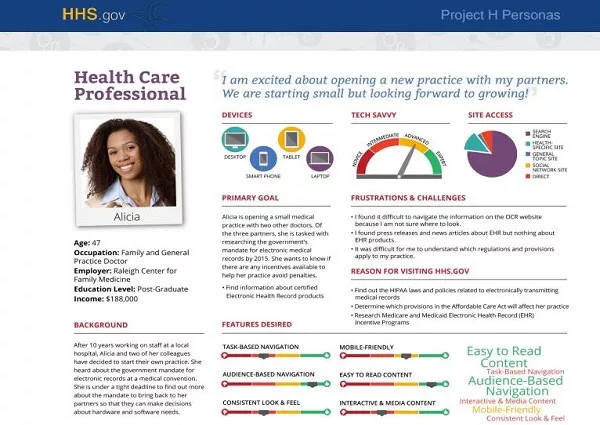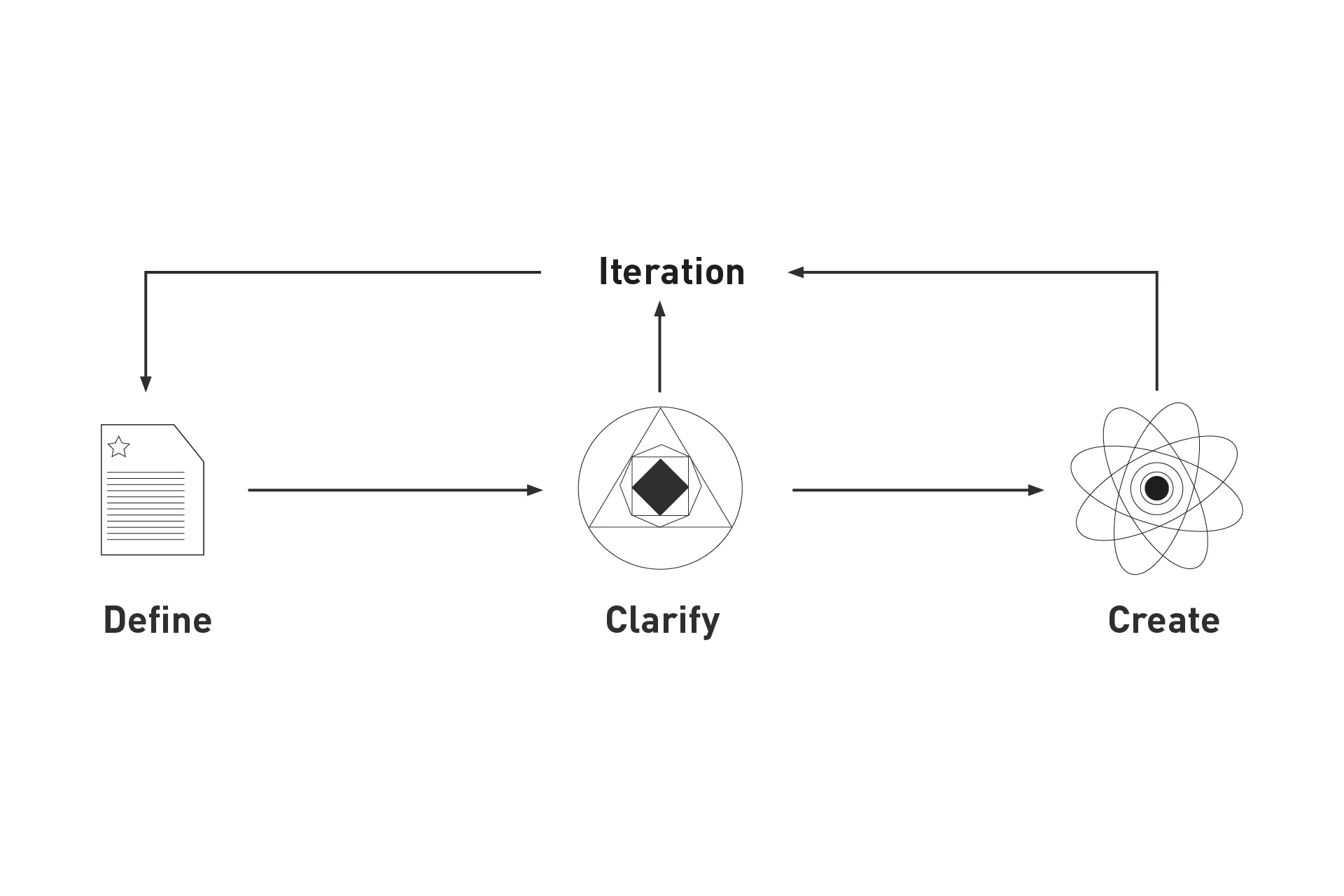How to create a User Persona
A six step process to creating personas.

A six step process to creating personas.
SubscribeWhat is a User Persona?Having a deep understanding and point of reference for who it is that you are creating for (i.e. target audience) is fundamental to the success of any product, service or experience.
The way individuals or organizations often achieve this is by creating User Personas or Personas of individuals from their target audience. This should be based on real people that you have interviewed as part of the user research for your product, service or experience.
Please note that all personal identifiable information (PII) should be removed from a persona in order to guarantee the safety, security and privacy of the individual that you have interviewed.
Examples of Personas
According to Digital.gov there are two types of personas: Lean Personas and Complex Personas.
Lean Personas

Provided by Jonathan Rubin, User Experience Program Manager at GSA, for Globalchange.gov
Lean Persona's detail the role, goals and needs of a persona at a high level.
Complex Personas

Provided by Kathryn Messner, Usability.gov Program Manager at HHS
Complex Persona's provide in-depth information about the role, goals, needs, pain points, desires, background and behavior of a persona.
How to create a User Persona
Please note that if you have already carried out user research you should jump to Step 4.
Step One: Write a Hypothesis
In order to create a persona, you must define the problem that you are trying to solve or the idea that you want to validate.
Please note that this hypothesis could relate to an existing feature, product, service or experience and could pertain to an entirely new creation or an addition to an existing creation.
Step Two: Define the target audience
Personas are intended to help you gather an in-depth understanding of a target audience and serve as a point of reference throughout the creative process.
Personas could also be seen as individuals within your target audience, which must be defined in order to make sure you are creating personas for the right people.
Step Three: Research the target audience
Carry out desk research, user research and if possible, focus group interviews and in-depth interviews to gain a deep understanding of the target audience.
We strongly recommend that you interview the user about the jobs that they do in relation to the field that you are seeking to bring a product, service or experience to. These jobs may reveal gaps in the market that could be fulfilled by your business as a means to enhancing the lives of the users.
To learn more consult the Harvard Business School article linked below.
Step Four: Write the Personas
Based on the research carried out, create various personas that resemble your target audience.
Incase you need some thought starters, these questions will help you write lean personas or complex personas (consult examples above):
- What is their role?
- How much do they earn?
- What experiences do they have?
- What are their desires?
- What are their needs?
- What are their pain points?
- What challenges do they face?
- What are their aspirations or goals ?
Learn about other design thinking products and methodologies
We recommend that you consult our Methods for Synthesizing User Research article linked below to learn about design thinking products that could come out of the research that you have conducted.
These products are created using popular design research methodologies which are intended to help you and your organization innovate effectively.
Always remember, the work is never done

delasign's process
When creating personas, it is important to note that they are neither a start nor an end.
All of the research should serve as an evaluation of who you are creating for and should help you refine your product, service, experience or hypothesis as you progress.
Personas should evolve over time as you understand your target audience better.
Personas are also capable of demonstrating that you should not pursue a feature or a product, service or experience - and that's OK - it might be good to pivot onto something else.
Looking to learn more about Research and Strategy?
Search our blog to find educational content on research and strategy.